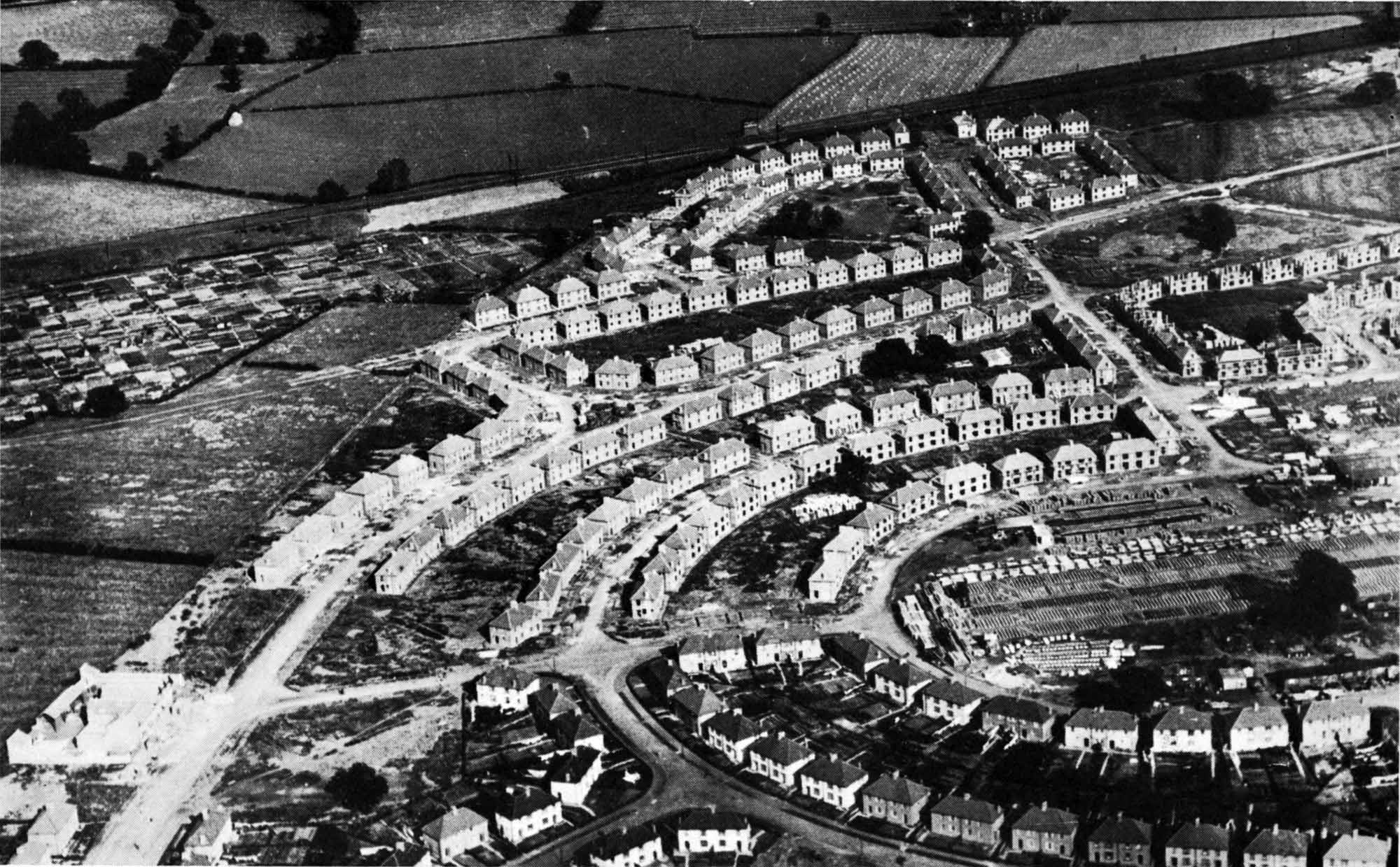This is an online version of a physical exhibition that was on show at Leicester Museum & Art Gallery, Leicester, from 22nd March - 31st August 2025.
The local businesses at the heart of this exhibition generously gave us their time and support. They told us their stories, and donated new objects to the museum representative of recent retail activity along Saffron Lane. They also agreed to be photographed by our exhibition photographer Leila Houston. We deeply appreciate their support.
The historical information about the Saff is based on the wonderful book “The Story of the Saff “, which was edited by local historian Cynthia Brown. Cynthia worked with local community group Saffron Past & Present Group to create the book. The group, which consisted of Pauline Astley, Arthur Chimes, Dot Jackson, and Freda Soden, were active in the campaign to get the Boot houses rebuilt by the City Council.
'The Saff'
Between 1923 and 1924, Leicester City Council bought 258 acres of land in the south of the city for a new housing estate. It was the first to be built in the city after the First World War, intended to provide “Homes Fit for Heroes”. Originally named the Park Estate, it quickly became known as “The Saff”.

The Park Estate, 1927
Building work however could not start immediately, due to a shortage of skilled labour, especially bricklayers. To speed up the project Henry Boot & Son Limited was employed to build 1500 concrete houses. The first 194 “Boot Houses” were completed and occupied by December 1925.
The estate was built around the “green lung” of Elston Fields. Early resident Ched Brown lived in a non-parlour house, and later remembered that,
“By and large they were very nice houses. They were very large compared with anything that’s been built in recent years... [with] a front room and then a long kitchen which extended the width of the house with a copper at the end. The bath had a pump. Very, very few people had ever had a bath before, apart from going to the public baths. The regular bath night was Friday”.
Until 1929 there was no gas or electricity supply, resulting in the estate being nicknamed “Candletown”. Mrs E. Branson described her first impression when she moved to The Fairway in 1926,
“When we first saw the drab concrete houses surrounded in churned up mud, my enthusiasm waned quite a lot… there was a blizzard blowing over our bits and pieces on the lorry on the day we moved in. The roads were not made up and we had to push the lorry wheels out of the deep ruts… There were no Corporation buses in those days. The Midland Red bus stop was at the top of Saffron Lane, and we had to walk right up to this, very often soaked with rain only to find the bus was full”.
By the late 1920s the tenants on the “Conks Estate”, named after its concrete houses, had formed a Tenants’ Association. This later joined up with the association on the Kirby Estate to form the Saffron and Kirby Estates Tenants’ Association, or SAKETA. The purpose of the association was to protect the needs of the residents, and to promote social events.
The Saff is now 100 years old, during which it’s experienced both ups and downs. It has, however, always remained a place with a strong sense of community pride and belonging, where working people help each other to overcome everyday problems.
